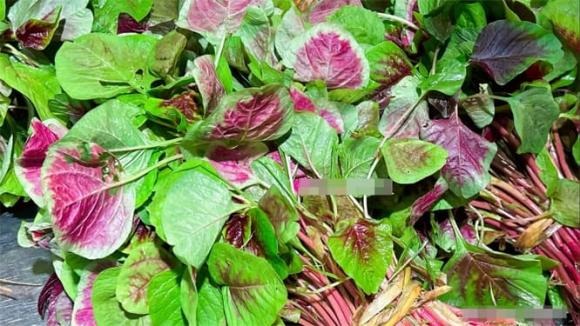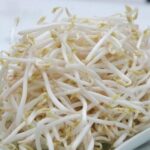The First Type: Soybeans
During summer, soybeans are abundantly available in the market. Not only are they delicious, but they also pack a nutritional punch. This food is rich in protein, vitamins, fiber, and especially calcium.
For every 100 grams of edamame, there is approximately 135 mg of calcium, which is higher than the 104 mg of calcium found in 100 grams of milk. This means that the calcium content in Japanese soybeans is 1.3 times higher than that of milk. Additionally, soybeans are a great source of potassium, helping to replenish the body’s potassium levels lost through excessive summer sweating, while also reducing feelings of drowsiness, fatigue, and appetite. So, take advantage of summer to indulge in more soybeans.

Soybeans are abundantly available during the summer months.
The Second Type: Basella Alba
Basella Alba, or mung tree, is a characteristic summer vegetable with large, green leaves that have uneven serrated edges. Due to its resistance to pests and diseases, it rarely requires the use of pesticides.
This vegetable is highly nutritious, offering not just fiber but also benefits for gut health and dry skin. It boasts an impressive calcium content, with 166 mg of calcium per 100 grams, making it an excellent choice for boosting calcium intake. Basella Alba is great for bone health and immune system strengthening. On hot summer days, cooked or stir-fried mung tree dishes are an ideal way to cool down.
The Third Type: Amaranth
Amaranth often graces my family’s table during summer due to the attractive red color of its juice after cooking, especially loved by children when mixed with other dishes. Amaranth is not only visually appealing but also highly nutritious. Every 100 grams of amaranth contains approximately 180 mg of calcium, twice the amount found in milk.

Amaranth is a summer favorite, especially for children.
In addition to calcium, amaranth provides ample amounts of vitamin K, vitamin A, fiber, and other nutrients, contributing to bone health and preventing anemia. Moreover, amaranth is resilient and rarely affected by pests and diseases, typically negating the need for pesticides. Thus, amaranth is an excellent summer choice.
The Fourth Type: Sweet Potato Leaves
Sweet potato leaves are a popular summer vegetable, also boasting a high calcium content. In addition to calcium, these leaves are rich in vitamins, minerals, and fiber, promoting metabolic processes and gut health.
Regular consumption of sweet potato leaves can enhance overall health. These leaves naturally resist common pests and diseases like aphids and powdery mildew, eliminating the need for pesticides. Rest assured, you can safely enjoy sweet potato leaves without worrying about harmful chemicals.




































